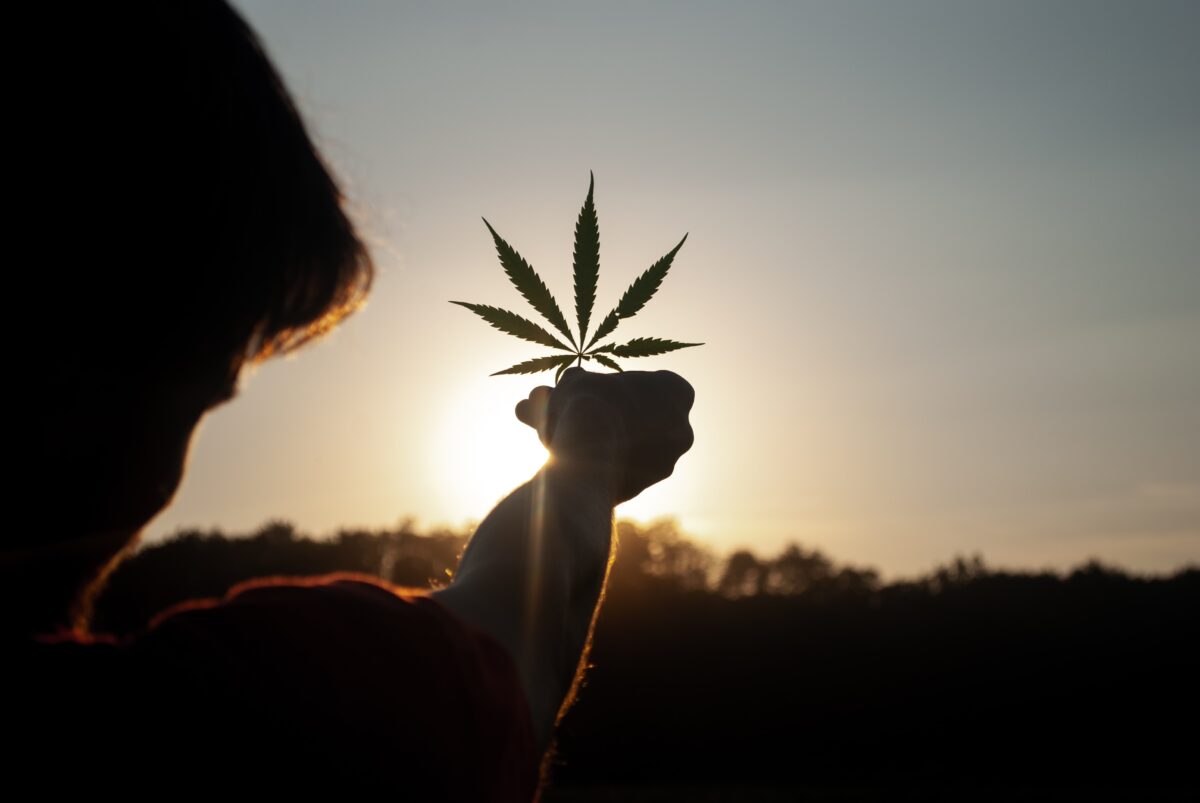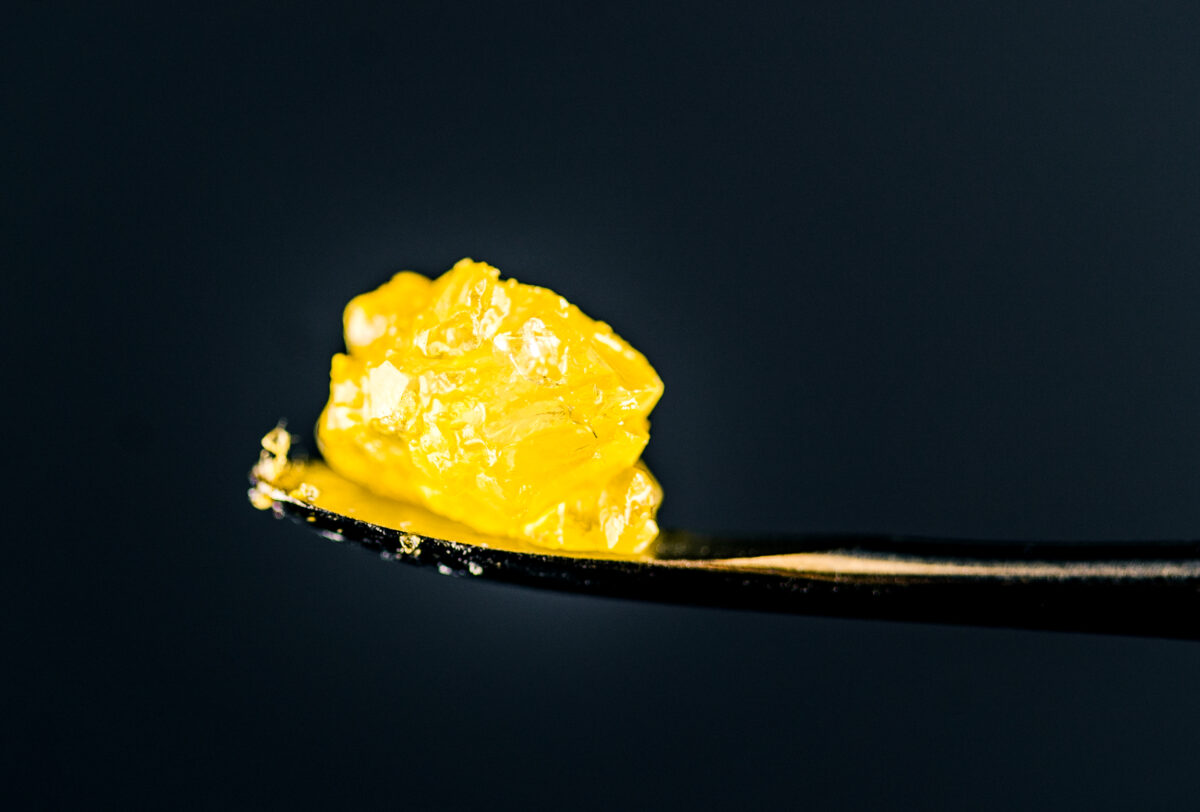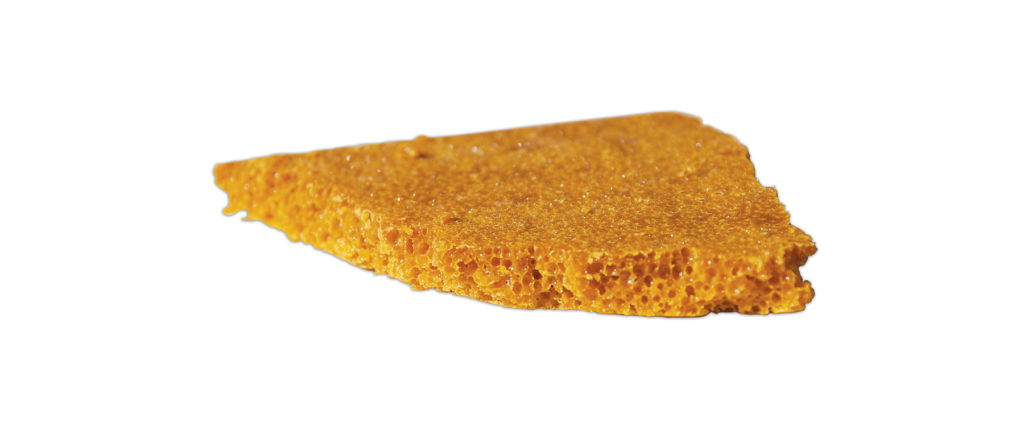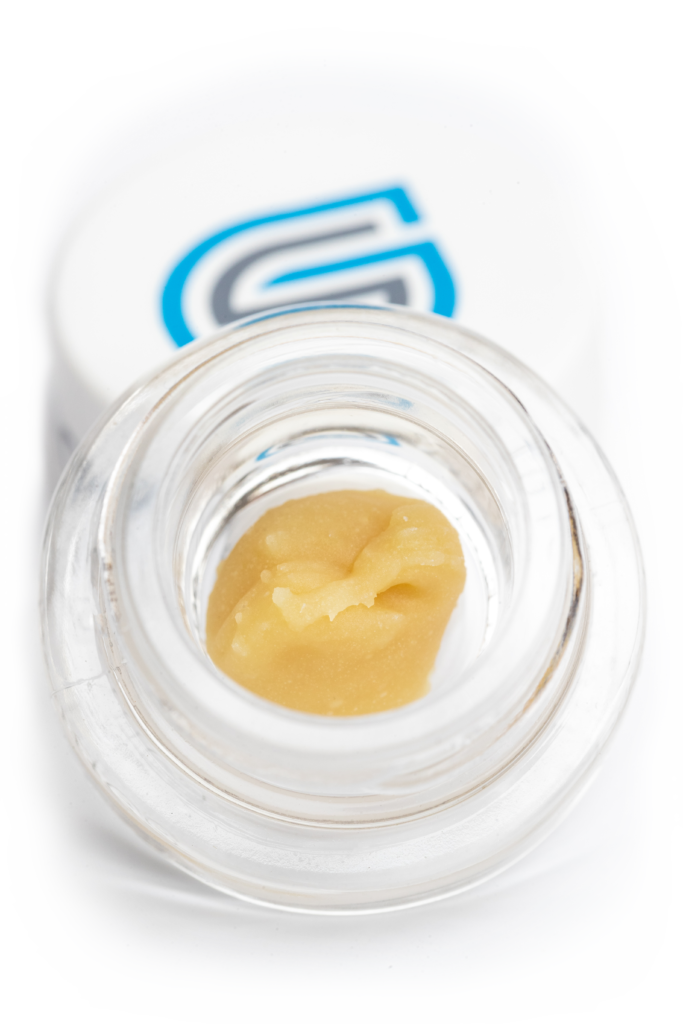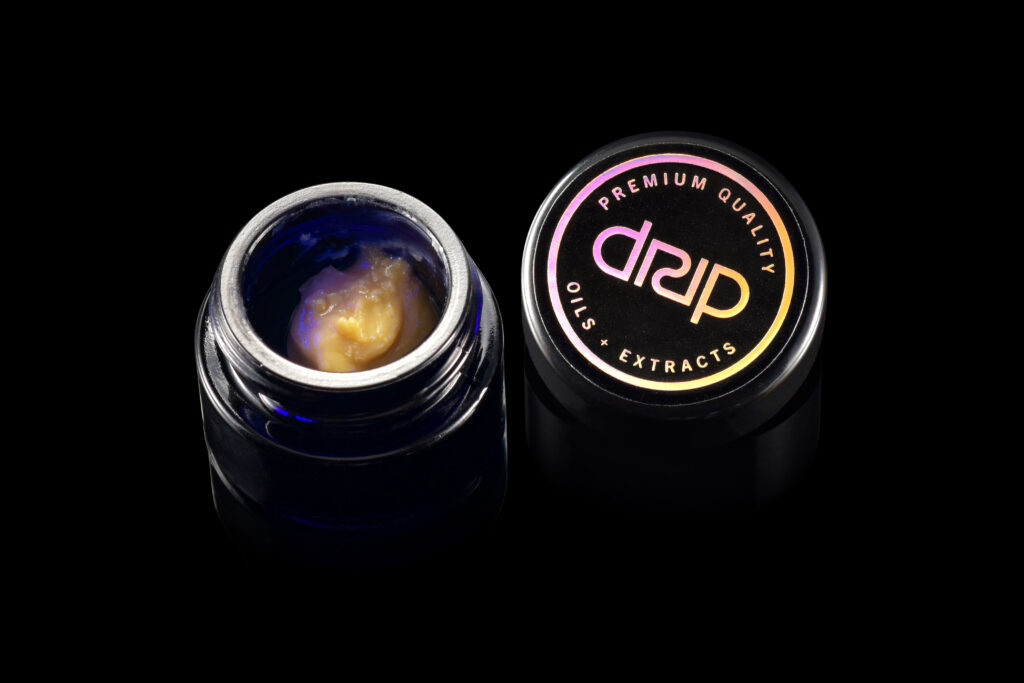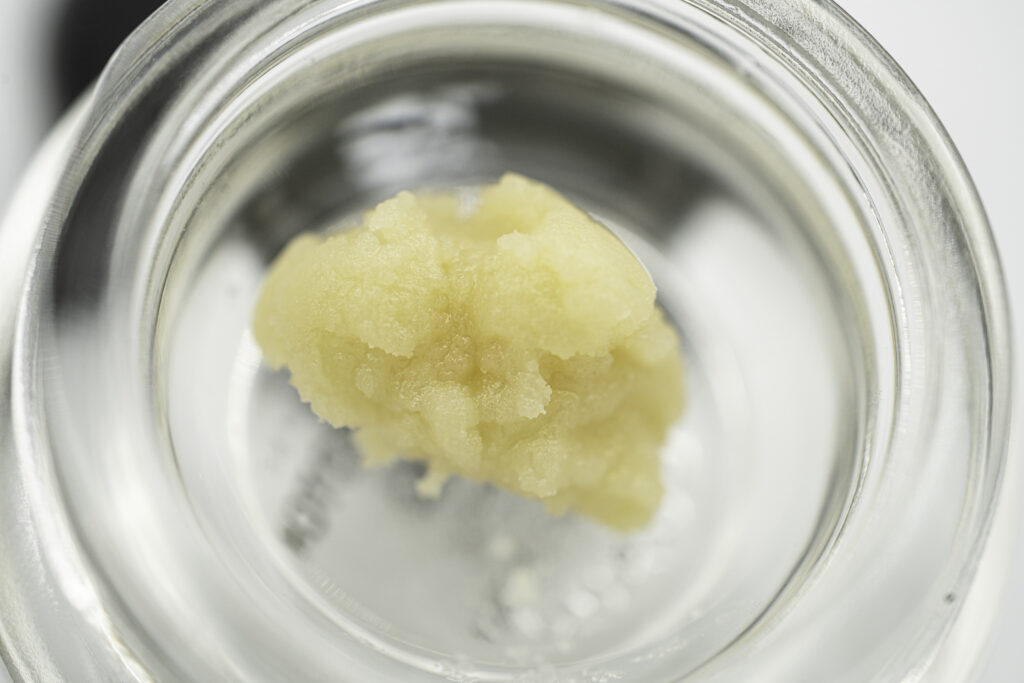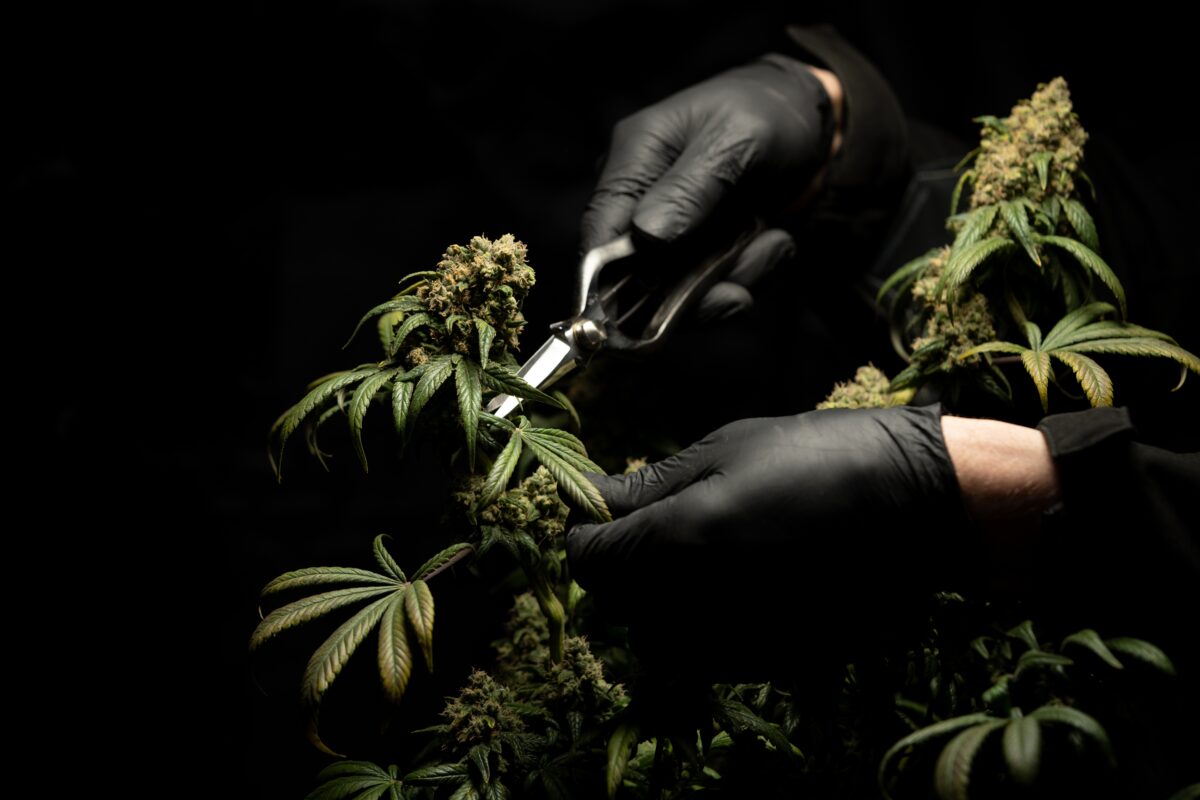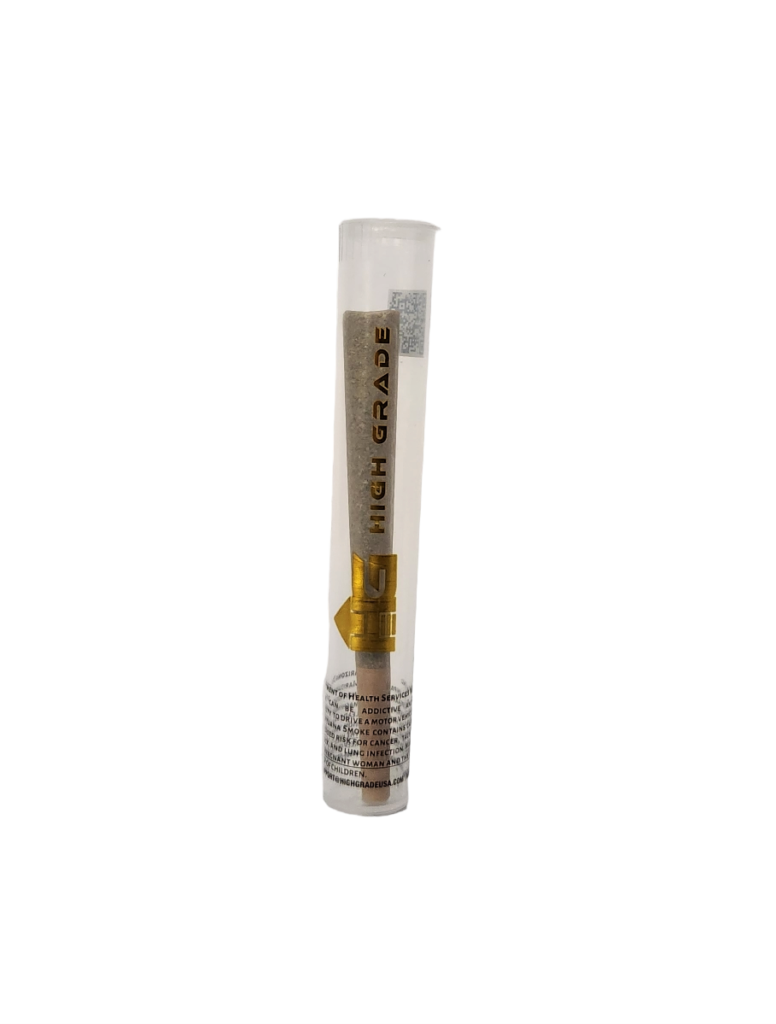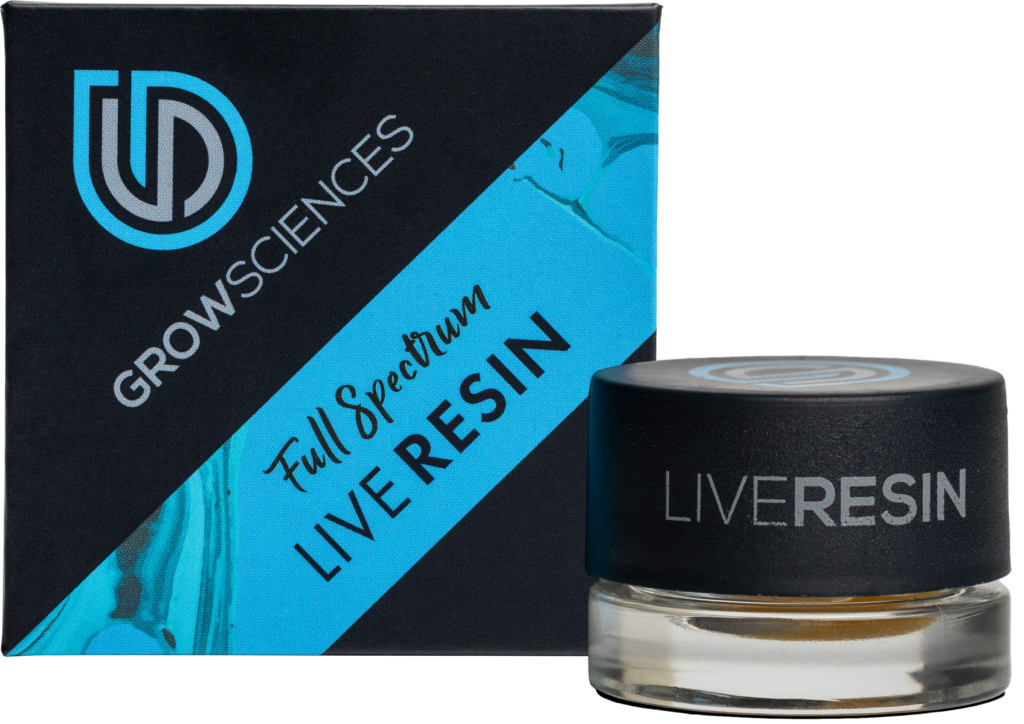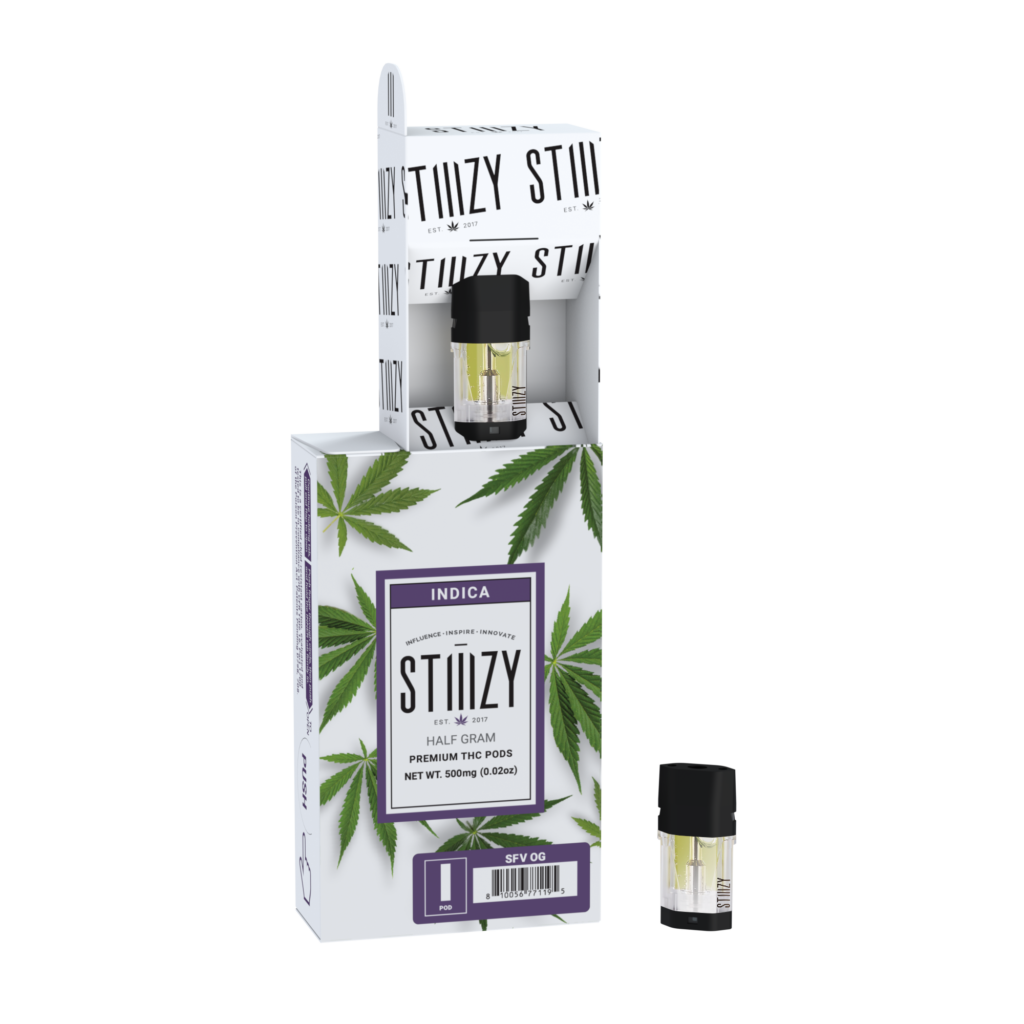Breaking Down Cannabis Culture in Arizona
Since 2010 with the legalization of medical marijuana, through the legalization of recreational marijuana in 2020 and beyond, the culture surrounding cannabis in Arizona has changed quite a bit.
From the way that it is cultivated and distributed, to the way that it’s consumed, to people’s views and opinions on it cannabis has come a long way in the last few years.
Learn More: A Journey Through Time: Cannabis and Cannabis Usage in Arizona
Like so many places, prior to legalization, there was already a thriving culture of cannabis in Arizona as well as an already established market.
This legacy market involved the illicit cultivation, distribution, and consumption of marijuana. While it was not like the seedy back alley dealings that are seen in the media, it was not like the large operations that we see today. Growing and cultivating took place in people’s homes and on private property, and distribution relied on word of mouth advertising and interpersonal relationships.
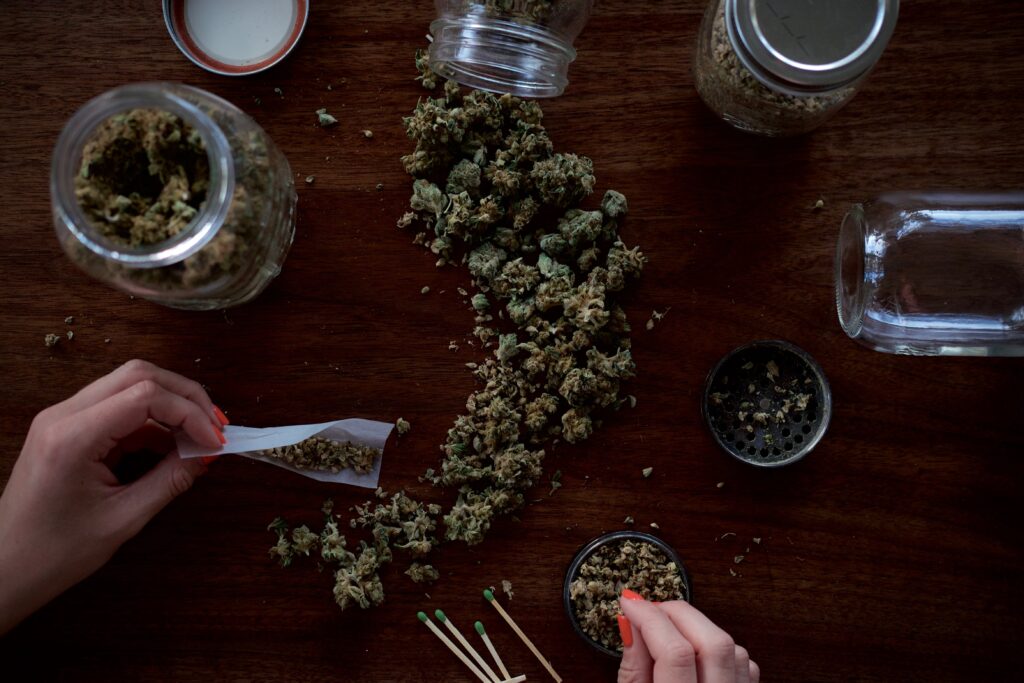
This community, while illegal at the time, set the stage and laid the groundwork for the cannabis industry that we have today.
By the time we reach 2010, we begin to see the efforts of the cannabis community come to fruition. After being rejected 2002, Proposition 203 (the Arizona Medical Marijuana Act), was approved, legalizing marijuana medical usage.
Soon after, Arizonians began applying for medical marijuana cards, making cannabis much more widely and legally accessible than before. This began to bring the cannabis community out from underground and into a more public setting. In the eyes of some, its legality made it more acceptable.
Additionally, with the legalization being focused on medical usage, more people began to see cannabis in a different light. For some people, it was no longer an “illicit substance” with negative connotations, now it was something that was helping people and giving them the relief that they needed.
However, all opinions from the general public were not changed overnight. A number of lawsuits were filed in an effort to reject or overturn the Arizona Medical Marijuana Act. So while the laws had changed, the use of cannabis, even medically, was still stigmatized.
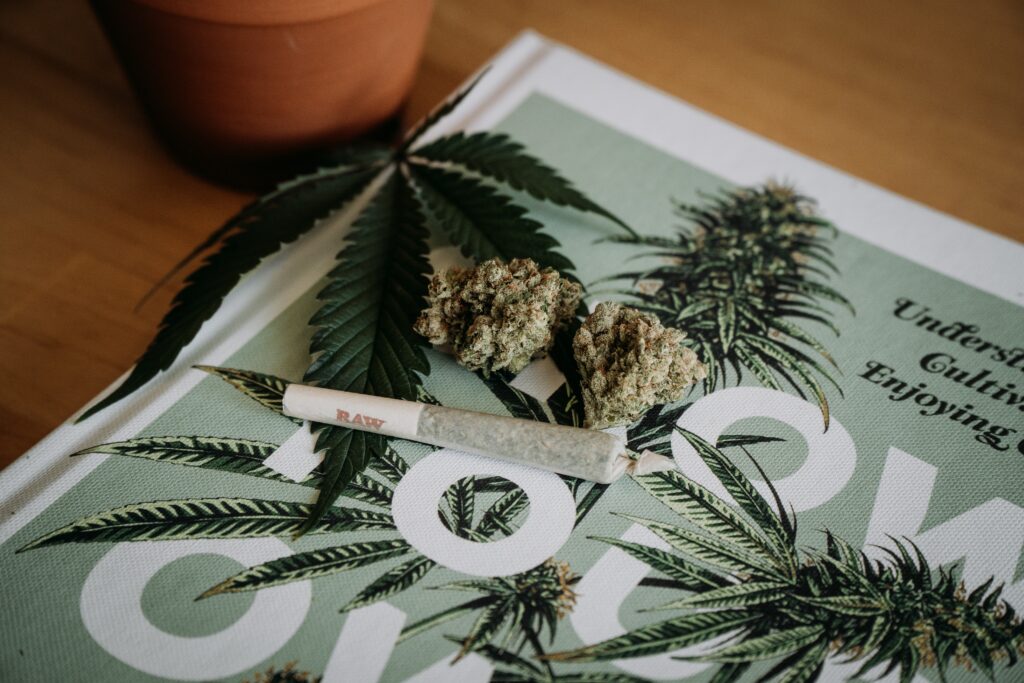
As is often seen in these types of situations, laws influence opinion and opinion influences laws. Slowly but surely enough support was gained for the legalization of recreational marijuana to be brought to the people for a vote. Proposition 205 was rejected in 2016 but finally passed in 2020.
This change in legislation marks another shift in the cannabis community. Marijuana is now easily available to more people than ever in the state of Arizona. This does a lot to help public opinion and to change to conversation around cannabis.
With it so readily available, the chances of a person knowing someone who used cannabis went up. For those who still continued to look down on the cannabis community, it allowed them to see cannabis users as real people in their lives and not just this caricature of a stoner that had been shown to them in the media.
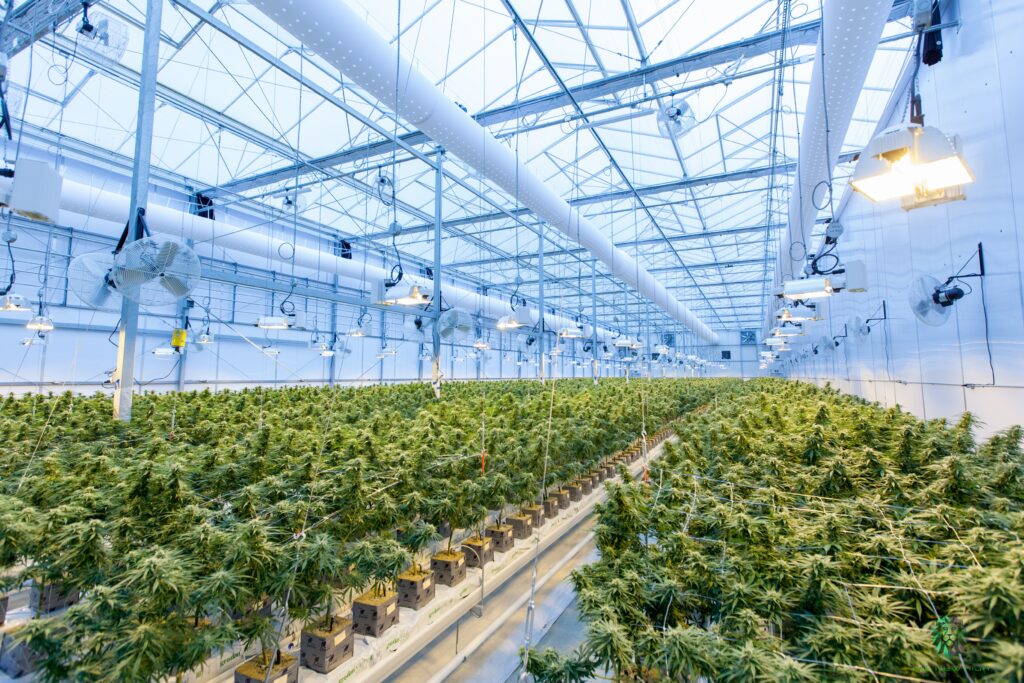
This takes up to the current climate surrounding cannabis in Arizona. Marijuana is now as accessible as it’s been in recent history and the conversation around cannabis has been shifting into a more positive light.
Like any regulated substance, there are going to be a lot of varying opinions coming from a lot of different places but the cannabis community here in Arizona has put in a lot of work and made a lot of progress when it comes to its perception.
NatureMed is proud to be a part of the cannabis community here in Tucson and in Arizona as a whole. Whether you’re just starting out or have been here since the beginning, we are here to help you feel better.
Here is a link to our online menu and our specials page to see the ways you can save.

